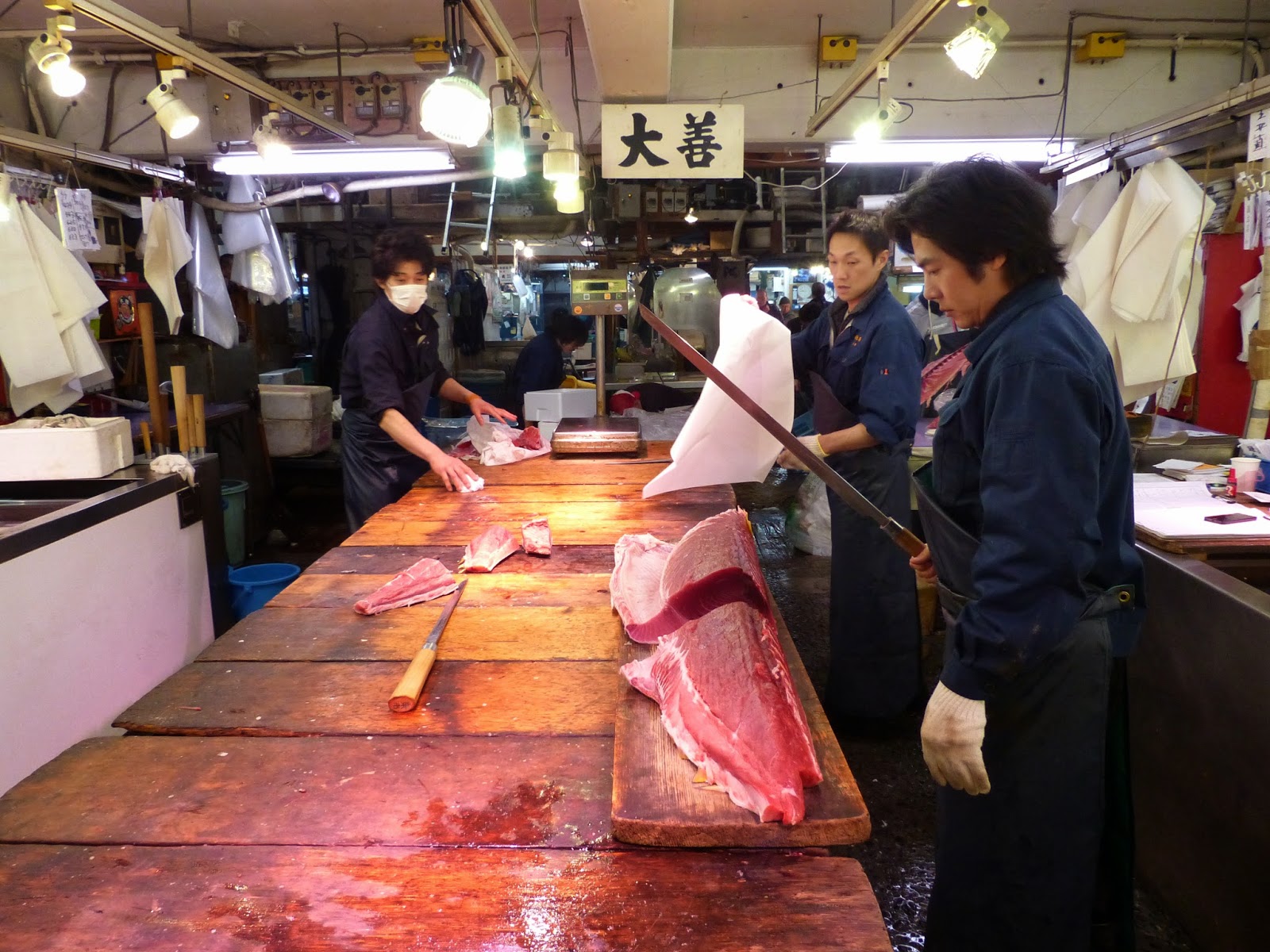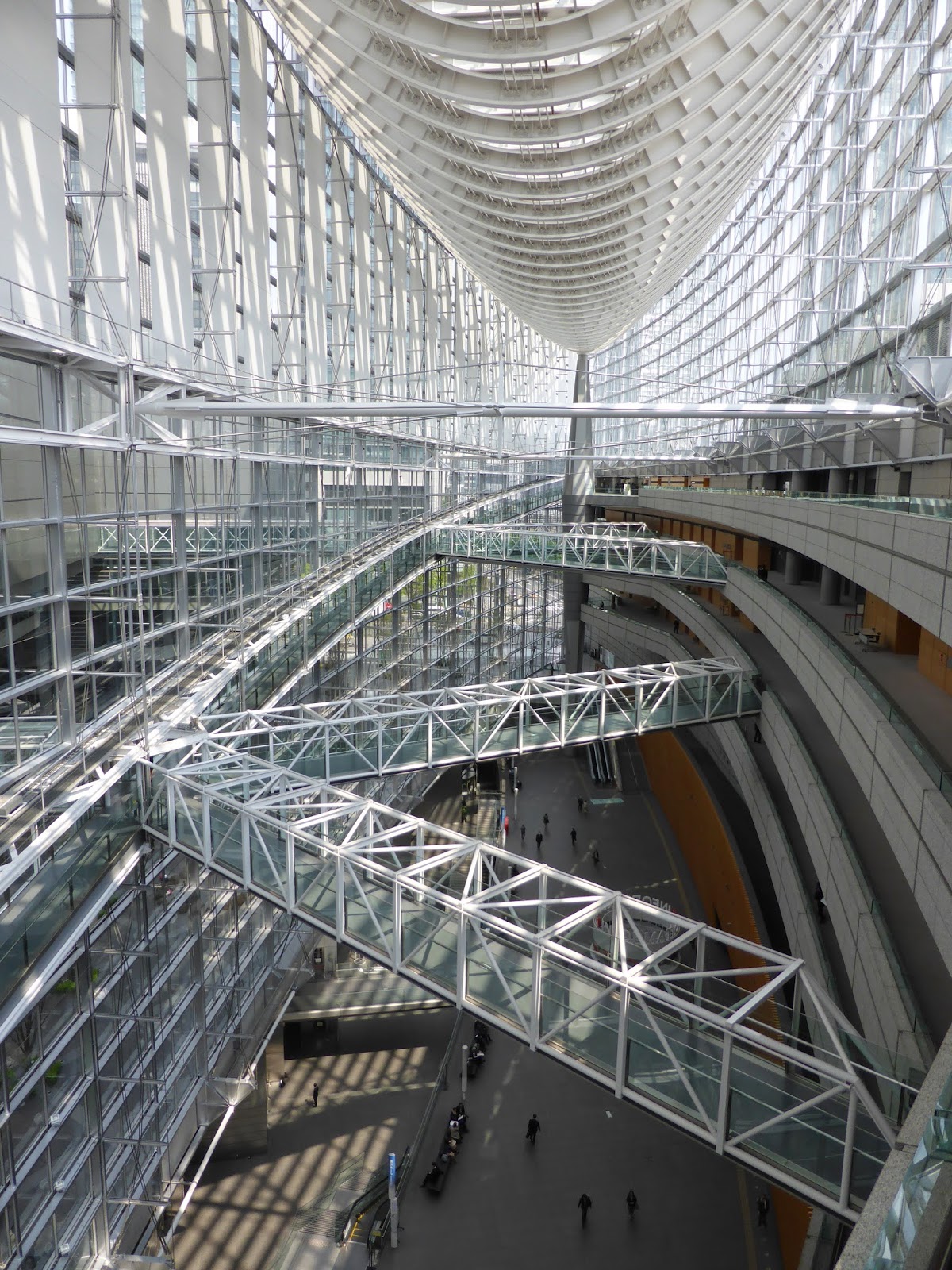When we come on a 'domestic' flight to
the Malaysian Borneo, the first surprise awaited us just
after we left the plane and entered the airport – there was an
immigration control counter. Our passports were checked and stamped, in spite of the fact that we entered the same country few hours ago. We arrived to the region called Sarawak,
which apparently has a vast autonomy, actually this autonomy is so vast that even
other citizens of Malaysia cannot stay there longer than 90 days,
unless they have a special permit.
After we exited the airport we were struck by a hot and humid heat wave. This was not a surprise, however, as the capital city of Sarawak – Kuching sits only one degree North of the Equator.
After we exited the airport we were struck by a hot and humid heat wave. This was not a surprise, however, as the capital city of Sarawak – Kuching sits only one degree North of the Equator.
... or in Kazakhstan ...
The only other place worth a visit, in our view, is a night food market called 'Top-spot'. It is
surrealistically set on top floor of a concrete, several-storey
parking garage. The quality of seafood served there is as top as it's
location.
The main attraction of Kuching is clearly not the city itself, but the national parks that surround it. We went to one of them on a river trip to look for Proboscis monkeys. Unfortunately that turned out to be very elusive ...
... we failed to take good pictures of them, though we wholeheartedly recommend you to look them up in google as they are one of the funniest animals we've ever seen. We visited a village on stilts ...
... whereas we were impressed by sustainable water collection systems.
Kuching
surroundings were just an appetiser; the real jungle experience
started once we arrived to Gunung Mulu National Park. The only way
there is by a small plane landing at a small airport or rather an
airstrip beautifully set at the brink of the rainforest...
We
came across centipedes ...
Insect
that abandoned its body, or rather a body abandoned by its insect...
Lizard snacking on its prey ...
Carnivorous plants, most probably snacking something too :)
Snakes
slithered across our way ...
We
paid a visit to an indigenous village, where a native lady played a
flute in quite a particular way ...
We
made it to vast and beautiful caves. As it was dark inside, the photo
material we made did not satisfy the quality standards of this blog,
so if you wanna see how they look like ask Google.
The
day after we parted separate ways: Mariushki went for a 3-day
trekking to see the famous Mulu Pinnacles. First I went by boat up
river for around an hour, then I hiked eight kilometers to the place
called Camp 5. Eight kms does not seem a big deal, but with an
equatorial heat and humidity I sweated buckets.
Camp 5 is
picturesquely set at the foot of a mountain and a crystal clear water stream flows by.
After I
got there, I plunged straight away into the stream with all my
clothes on. Not only such a bath was nicely refreshing, but a
meticulous washing was a must, as the spot was infested with wild
bees. It seems that human sweat must be a delicacy for the bees, as
they flock to the unwashed bodies and clothes in thousands.
Next day,
the alarm clock buzzed at 5:15 to start the Pinnacles climb before
six o'clock. The trek uphill is definitely not a piece of cake. It
mercilessly goes up and up, more and more steeply, to reach 16
aluminium ladders close to the top.
I
sweated buckets again, nonetheless, the vistas on top were worth
every drop of sweat :).
The Mulu Pinnacles are a unique formation of
45-meter high limestone spires.
Some
of them seem to be razor-sharp.
Ievunia
went on a canopy walk to admire the forest from above.
Next
day, off she flew to Brunei, a small but oil-rich sultanate on the
North coast of Borneo. Her plane was scheduled to leave at 12:55, but
at 12:50 she already landed in the capital of Brunei - Bandar Seri
Begawan (no one can be bothered to pronounce it whole, so it's better
known as BSB). Yes, it was Ievunia's shortest flight ever and yes,
BSB is just next-door to Gunung Mulu. Although Brunei is similar in
size to Kuwait or United Arab Emirates, BSB does not look like Dubai
or Kuwait City. It's a provincial town, with several well-maintained mosques,
and the Sultan palace, which is big, some would
say grotesquely big - with 1531 rooms, 257 bathrooms, it's four times
the size of Versailles and three times larger than Buckingham Palace.
Actually, the land surrounding the palace must be also monstrously
big as it was so well hidden that Ievunia did not manage to snap a
single photo of it. Apart from the 'invisible' palace, there are not
many signs of the oil revenue.
Most
of the inhabitants live in houses on stilts, some more traditional...
... some more modern ...
Most
of the country is still covered with rainforest, and the nature seems
to be the main highlight in Brunei, so Ievunia went on another boat
trip and on another canopy walk, although this time the greater attraction than the canopy, was the walkway itself - 60-meter high aluminium tower ...
...
and got a free pedicure from tiny fish living in the waterfall pool.


























































